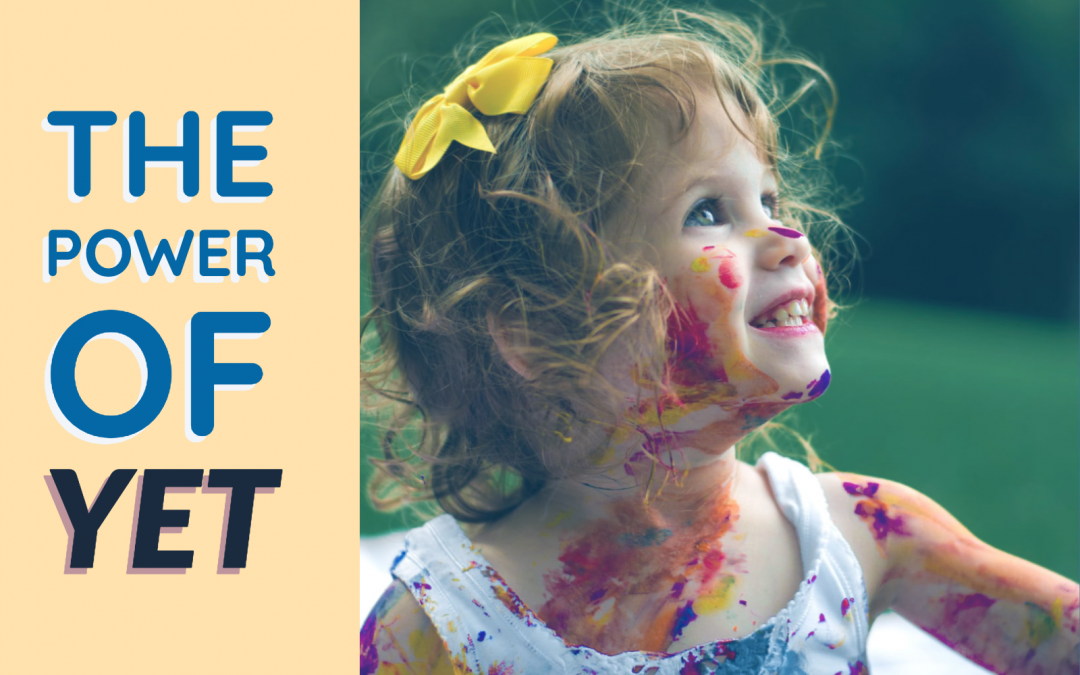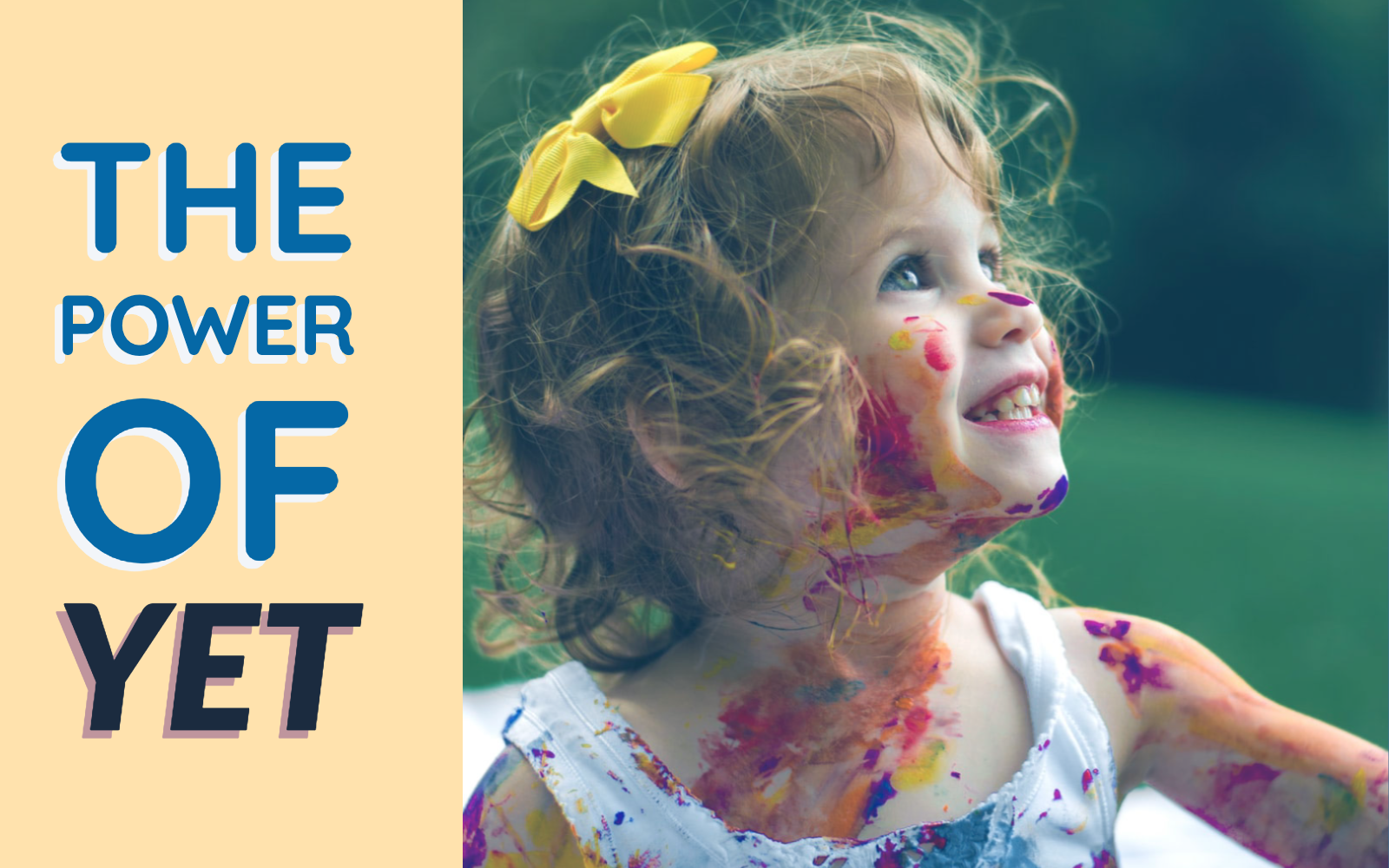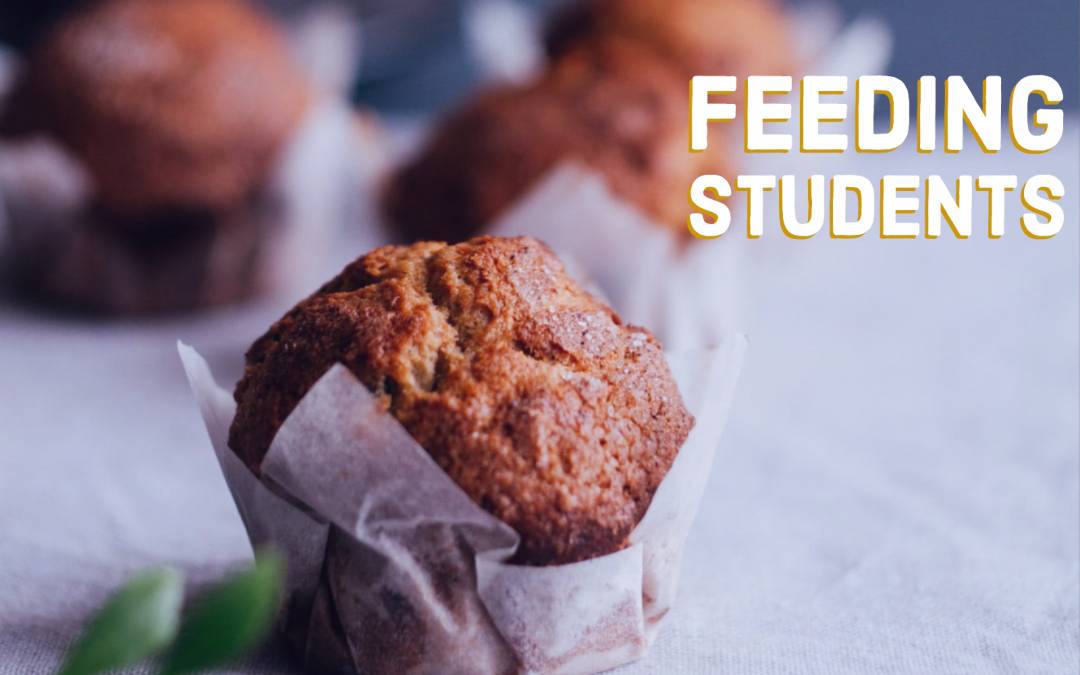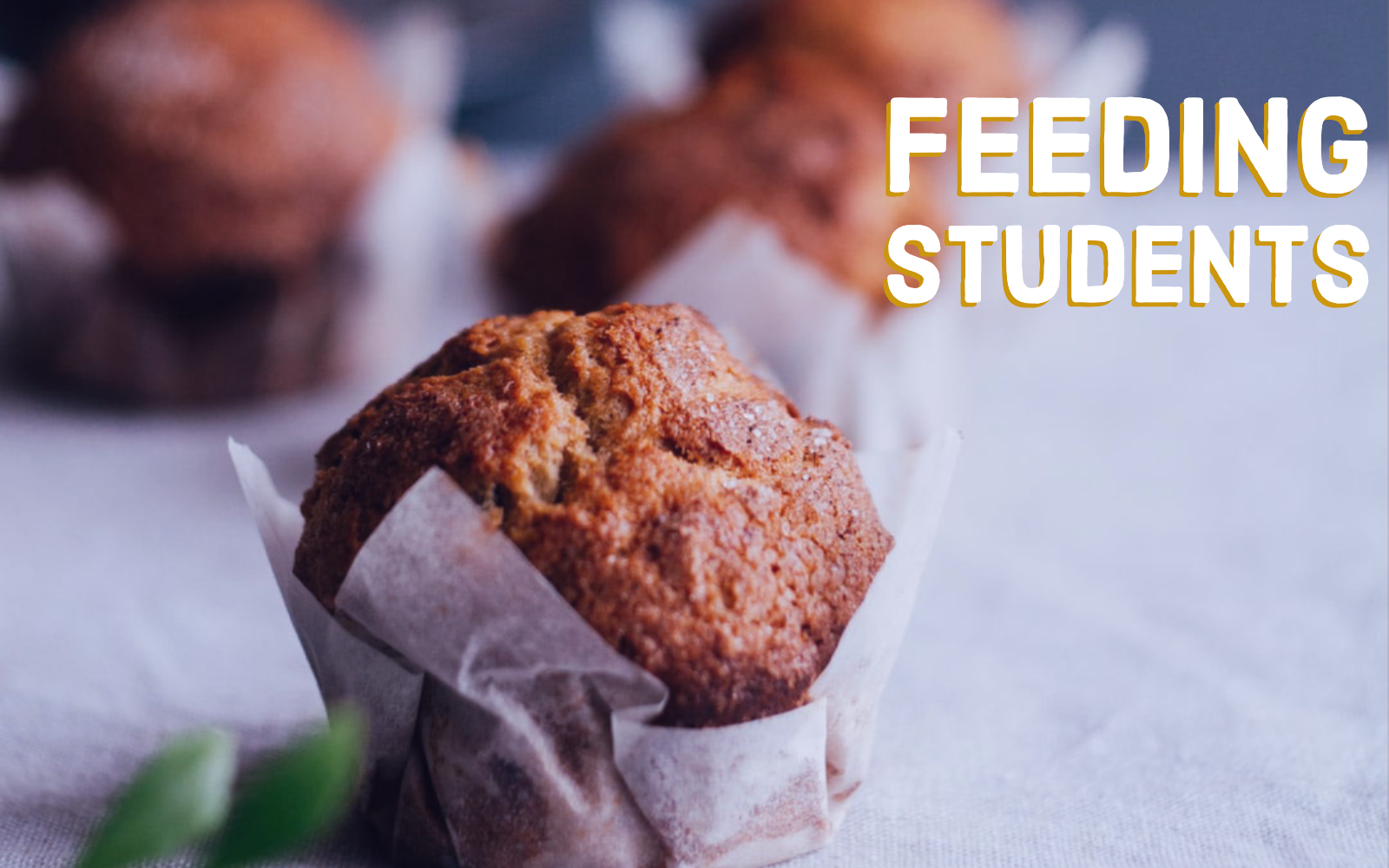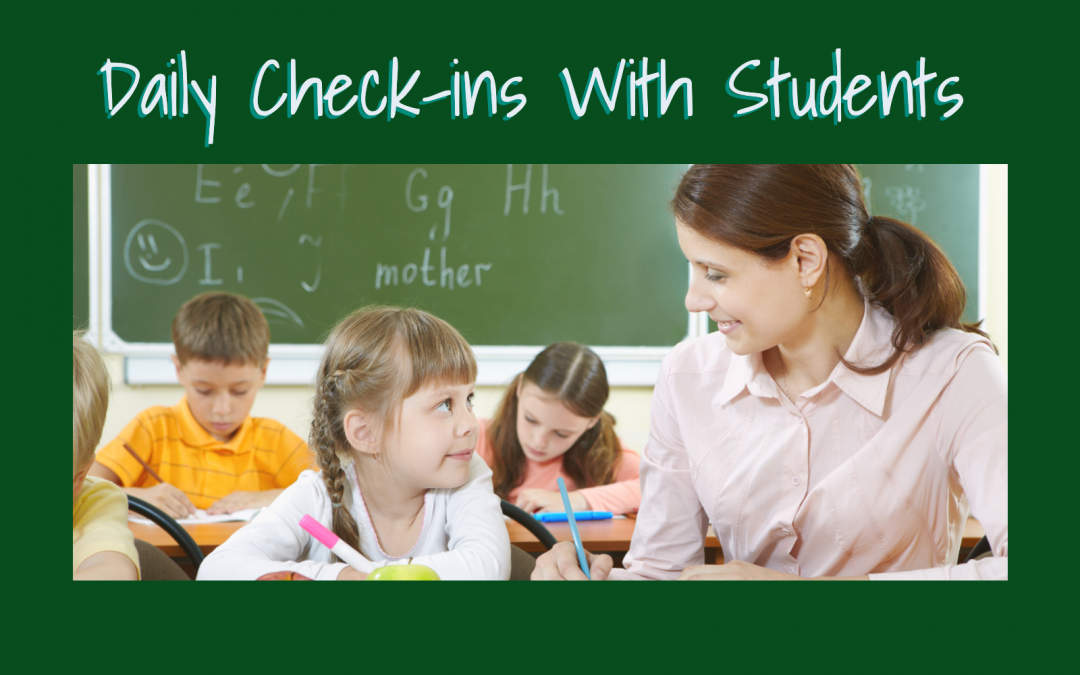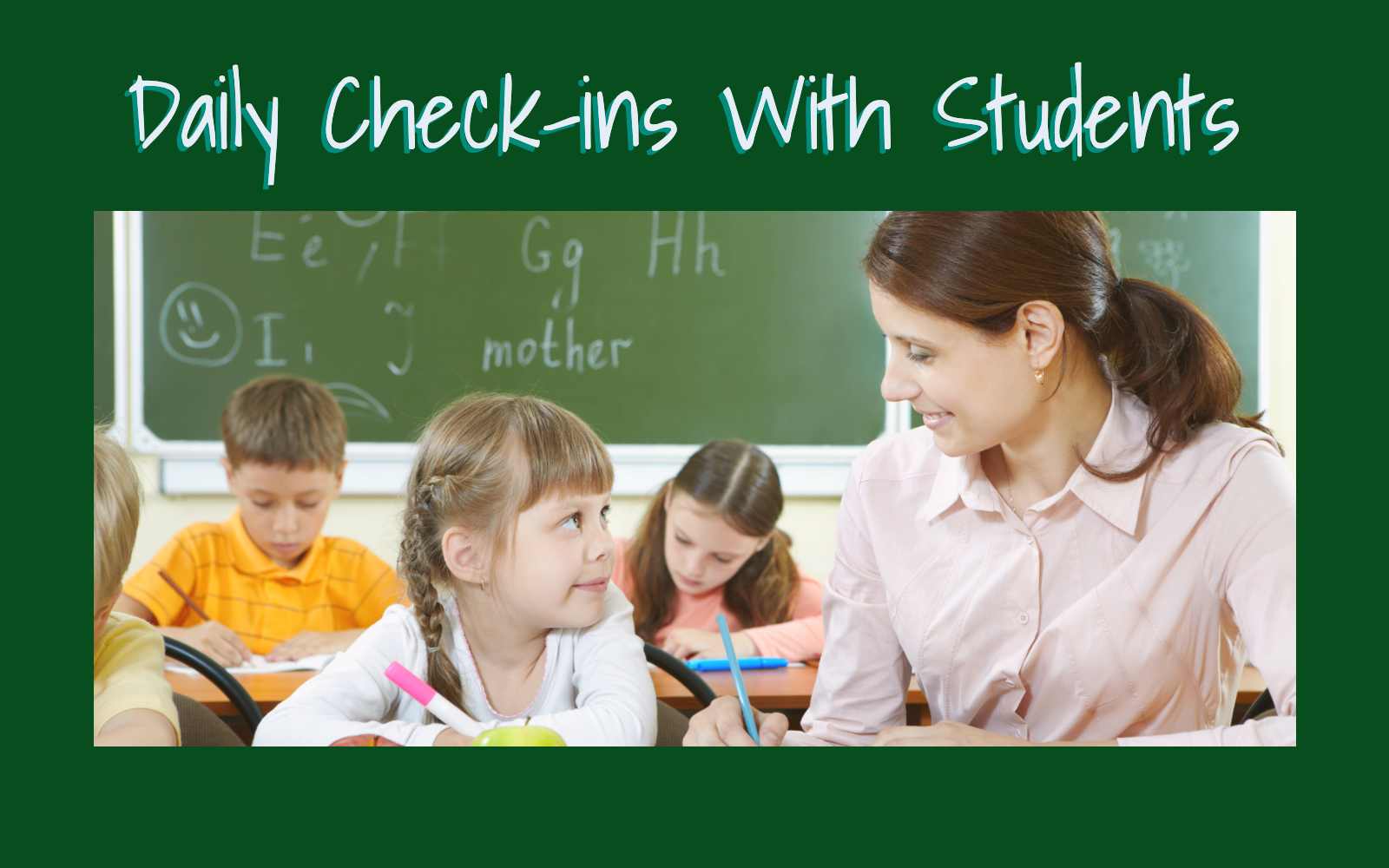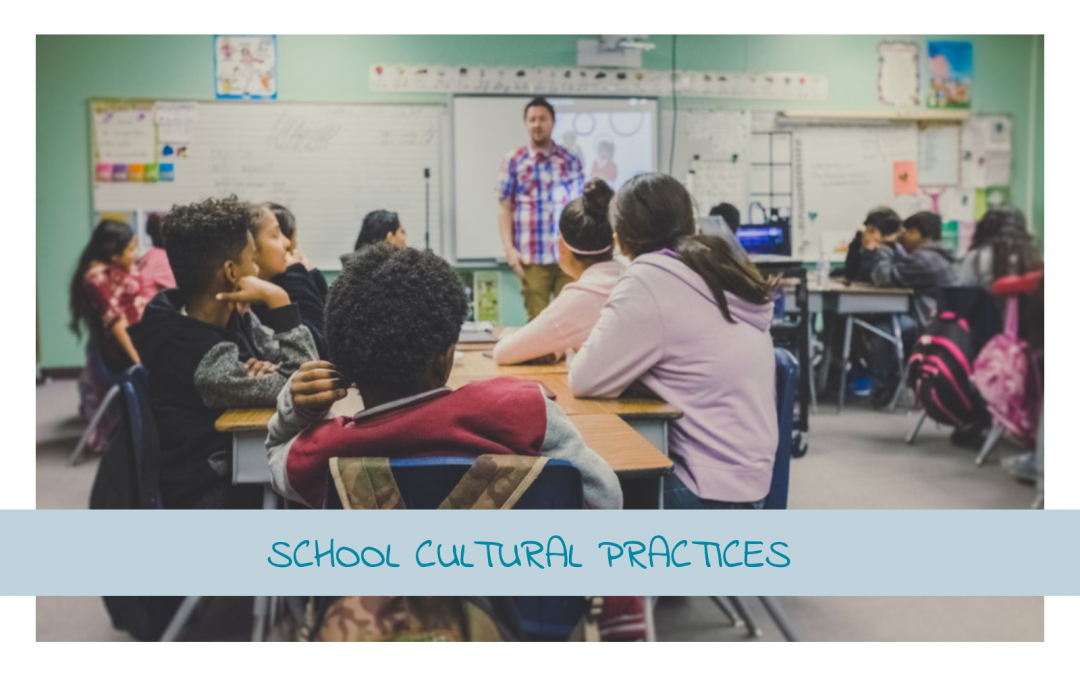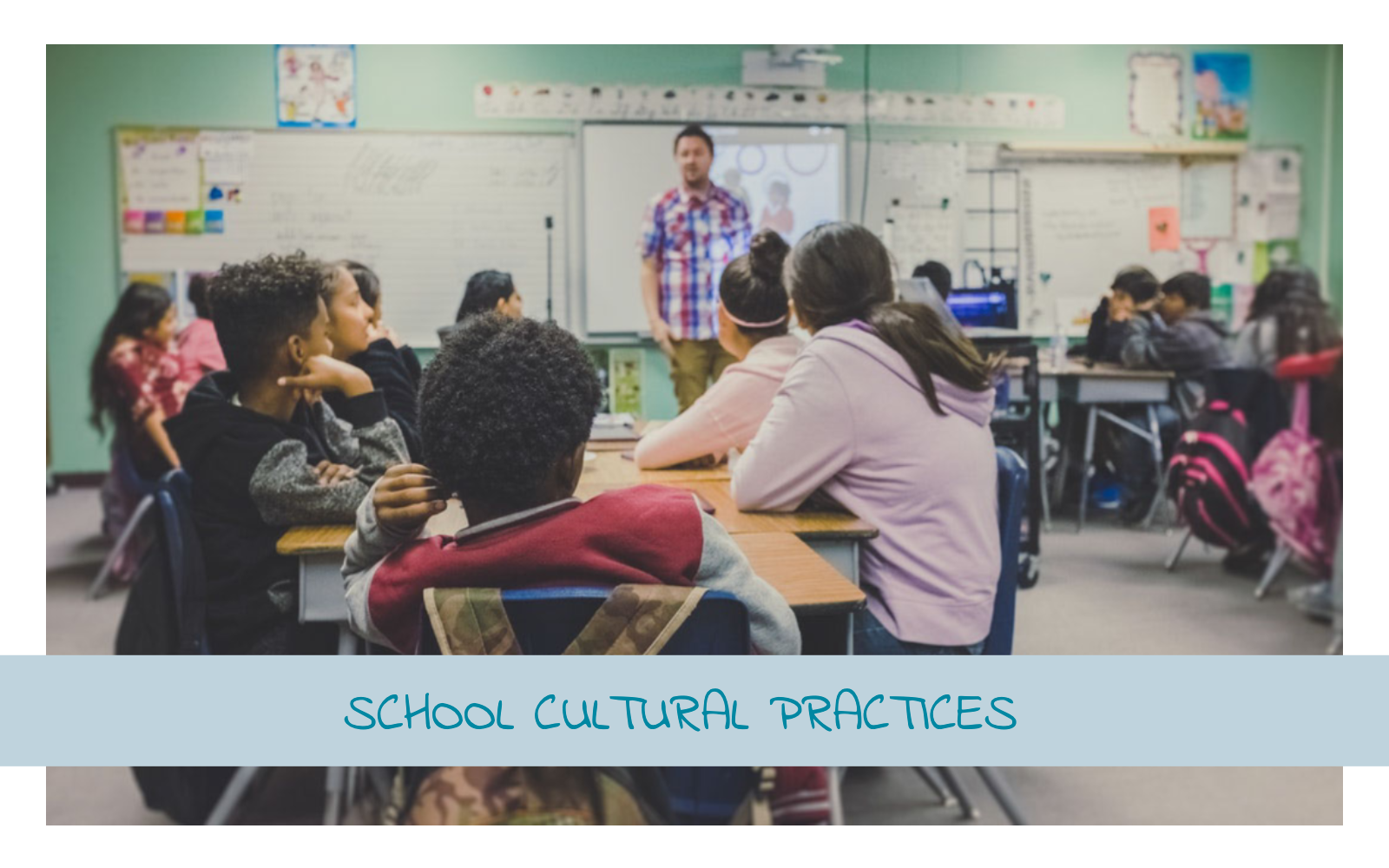The purpose of this is to ensure that each student has touched based with one adult in the school. To make sure that each student has been made to feel welcome and important at the school. To allow at least one staff member to see the emotional state of each child in the morning.
This can happen in a variety of ways, and throughout the day. Ideally the check-ins would happen in the morning, however it can also occur throughout the day. the can be implemented in a classroom or throughout an entire school.
Below are a few examples of how this could be implemented in schools. This could occur in a variety of ways. Only a few examples are listed. Ideas should be created and adapted, in order to suit the specific school or classroom.
- Have staff stand at the doors in the morning, to greet and welcome students.
- Divide high-risk students or students of concern among staff members. Assign responsibility to a certain staff member to check in, say hi and have a brief chat with the student of concern, daily. Assigning this to a staff member who already has formed a relationship with the student, or who sees this student in the classroom regularly, would be preferable.
- Take time during independent work, flex time, or whole-school literacy time to chat with each student. This should not take longer than 30 seconds, unless there is a reason to be concerned about a student.
